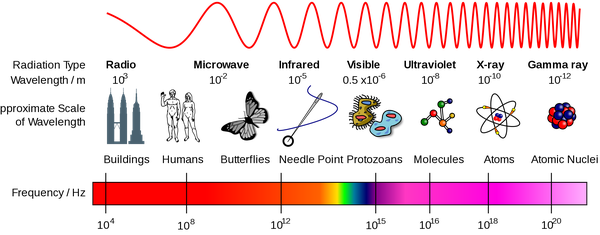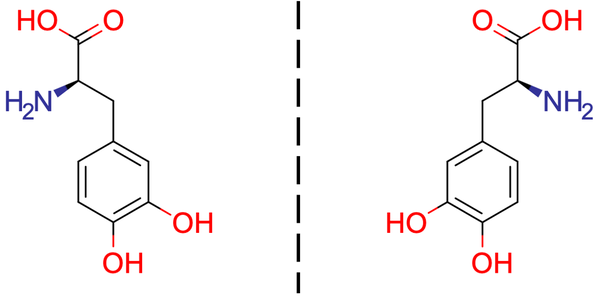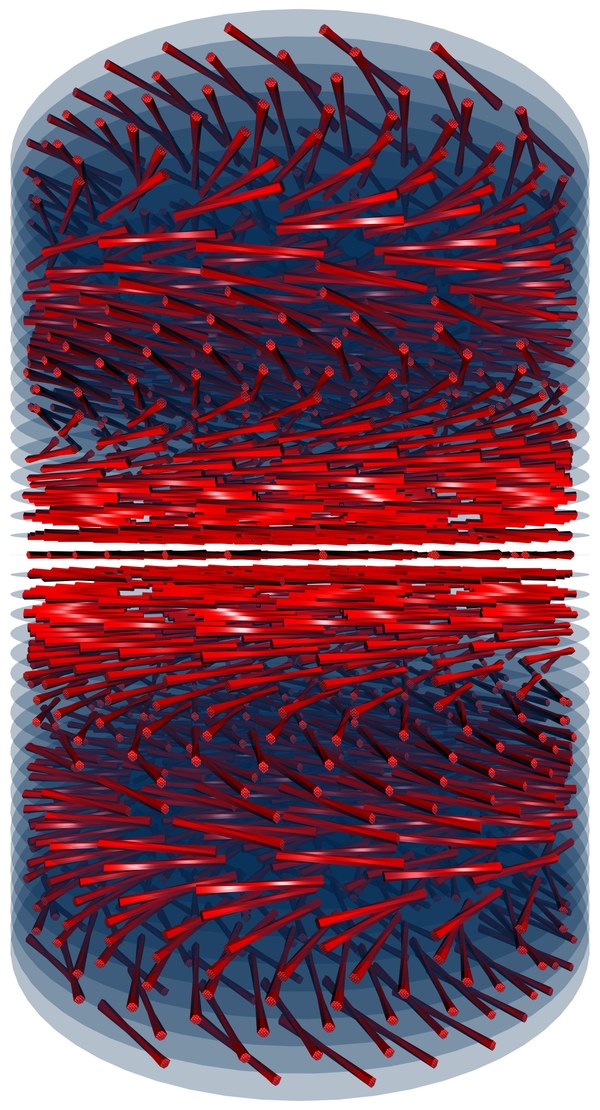Project
Materials with unnatural properties
Metamaterials are engineered to exhibit properties not found in nature. They are typically composed of repeating patterns, or arrays, of much smaller subunits. Indeed, it is the patterned structure of the metamaterial, and not the material itself, which gives rise to its unnatural properties. Among the different types of metamaterials, electromagnetic metamaterials interact with light in ways that bring about extraordinary characteristics, such as negative refraction and artificial magnetism. In order for a metamaterial to interact with ultraviolet or visible light, the scale of the repeating (periodic) patterns needs to be on the order of hundreds of nanometers or less, which is extremely difficult and costly to fabricate using currently available technologies. This is especially the case for so-called chiral metamaterials, which are made up of non-symmetrical subunits, like helices. This represents a significant challenge to be addressed in materials engineering for future optical devices.
An alternative technology

The CELICOIDS project, which is funded by the European Research Council, responds to this growing need for simpler metamaterial fabrication technologies and proposes the development of new types of chiral nanostructures to control light-matter interactions. The project focuses on self-assembly of nanoparticles, which is a bottom-up fabrication technique that relies simply on physical interactions between particles in order to form the desired pattern, without the need of complex and expensive equipment, such as physical vapor deposition systems.
Applications in chirality sensing
Periodic arrangements of chiral nanostructures strongly interact with circularly polarized light, a type of light wave that propagates on a helical path. Circularly polarized light can be either right- or left-handed, that is rotating clockwise or counter-clockwise, and is routinely used in optical devices. For example, circular dichroism, the differential absorption of right- and left-handed circularly polarized light, is a powerful analytical tool in chemistry and biochemistry in order to characterize the 3-dimensional chemical structure of molecules. The main problem is that the optical responses of chiral molecules are very weak and chiral metamaterials are one of the most promising solutions to enhance the detection of molecular chirality. This is where nanohelicoid metamaterials come in.

Nanohelicoid metamaterials through self-assembly

Our objective is to investigate the bottom-up self-assembly of end-modified cellulose nanocrystals to fabricate a new class of metamaterial, metallic nanohelicoids, which are similar to Archimedes screws on the nanoscale. Suspensions of modified cellulose nanocrystals self-assemble into helical structures as they dry. Once these dried templates are impregnated with metals such as gold, they will guide the formation of metallic nanohelicoids. Such a structure, when combined in a solution of chiral molecules, will likely amplify the overall signal of detection in circular dichroism spectroscopy through their unnatural electromagnetic properties. These properties will open new prospects for optical instruments routinely used in chemistry, biochemistry and pharmacology. For instance, they could facilitate the detection of chiral biomarkers present at very low concentrations for disease diagnosis, prognosis, adverse drug-effect monitoring and personalized medicine.

Share: